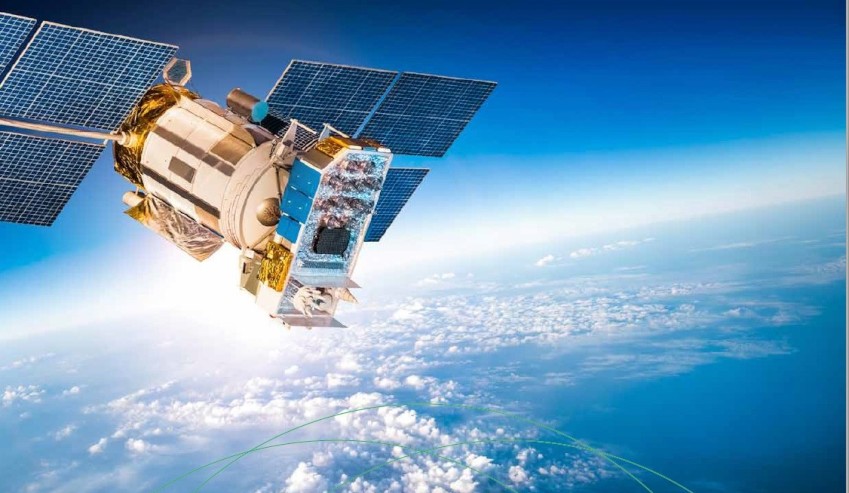Curtin University researchers have found that the recent launch of new Japanese satellites has boosted satellite positioning capabilities in Western Australia, offering huge potential benefits across numerous industries including mining, surveying and navigation.
To continue reading the rest of this article, please log in.
Create free account to get unlimited news articles and more!
New research, published in the journal GPS Solutions, found signals from the recently launched Japanese QZSS satellites provide centimetre-level positioning accuracy, and thus significantly enhanced positioning capabilities in WA, thereby improving accuracy, reliability and availability.
Lead researcher Professor Peter Teunissen, of Curtin’s School of Earth and Planetary Sciences, said these results will improve further when the QZSS signals are combined with those from other satellite systems such as the Indian NavIC system.
“Such improved positioning, accuracy and reliability would offer great benefits when applied in fields such as open-pit mining, surveying, hydrography, automated navigation, structural health monitoring, and subsidence and tectonic deformation monitoring used in the geospatial industry,” Professor Teunissen said.
Professor Teunissen said the analyses done by Curtin’s Global Navigation Satellite Systems (GNSS) Research Centre demonstrated the highly accurate centimetre-level positioning capabilities that can now be achieved.
The results bode well for the future, with the Japanese system being further developed from the current four-satellite system into a mature seven-satellite system that is expected to be operational by 2020.
“The United States of America, for example, can’t use these signals the way we can in Australia, so this places us in a position of great advantage when it comes to the understanding, modelling and analyses of these satellite signals and their many practical applications," Professor Teunissen said.
The report, Australia-First High-Precision Positioning Results with New Japanese QZSS Regional Satellite System, can be found online here.
Curtin University is Western Australia’s largest university, with more than 56,000 students. Of these, over 14,000 are international students. The University’s main campus is in Bentley near the Perth CBD. Curtin has five other campuses across WA, Malaysia, Singapore, Dubai and Mauritius. Curtin also has a presence at a number of other global locations.
To improve Australia’s capability in utilising the next-generation GNSS and to come to a fullest exploitation of the opportunities created, Curtin University established the new GNSS Research Centre. The group’s research program aims at developing theory, models and methods that will enable future GNSSs to fulfil the high accuracy and high-integrity requirements of tomorrow’s geospatial information needs in the Earth-, atmospheric- and space-sciences.
This GNSS program is also timely because of the forthcoming GNSS CORS network across Australia as part of the AuScope geospatial program. This will provide a large-area ‘field laboratory’ in which to first test, then implement, the results generated by this program.
The GNSS Research Centre will use state-of-the-art equipment and software, and involve close collaborative links with other universities, industry and government, both in Australia and overseas.
More information on the Curtin University GNSS Research Centre can be found here.

 Login
Login







